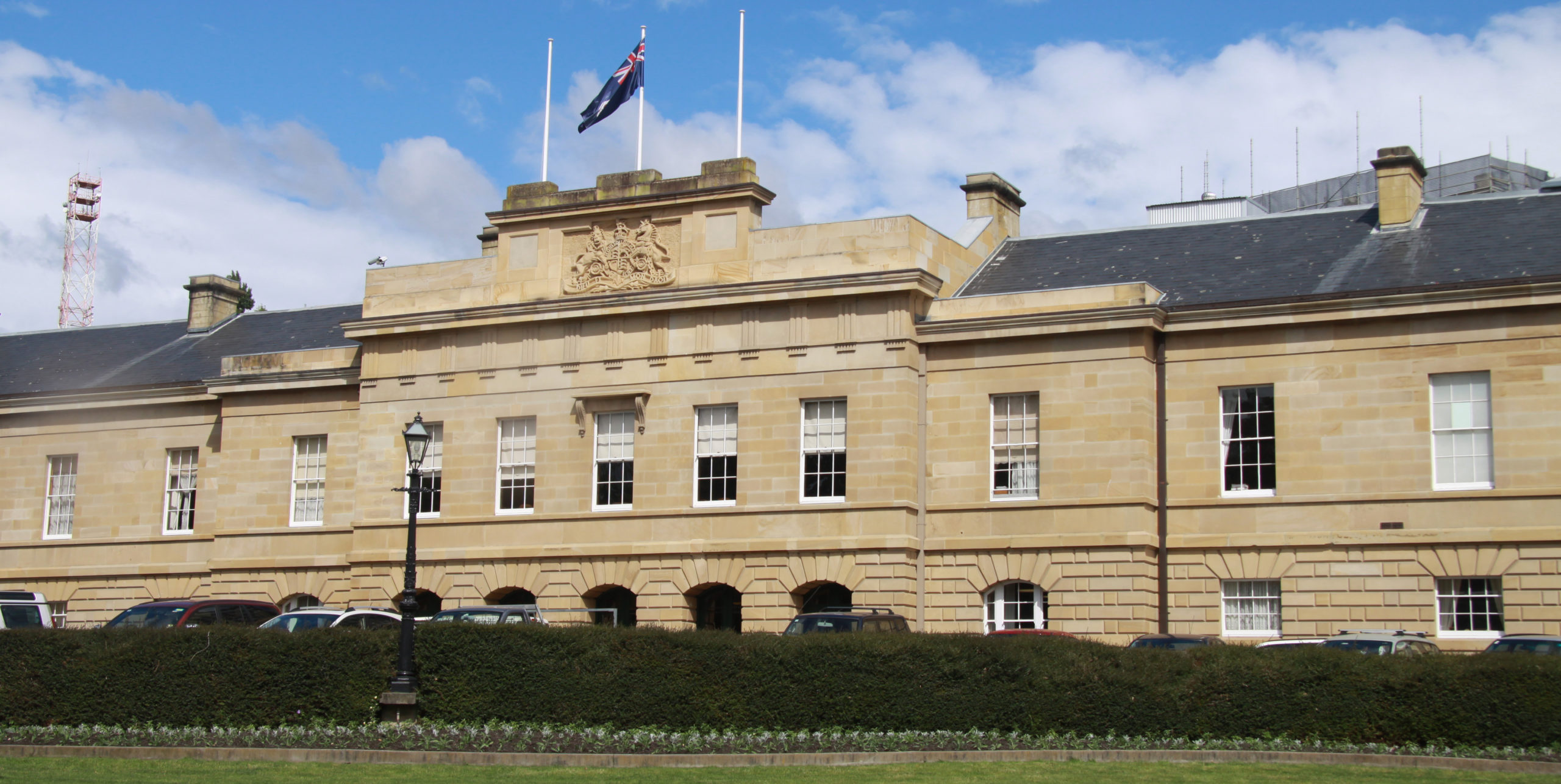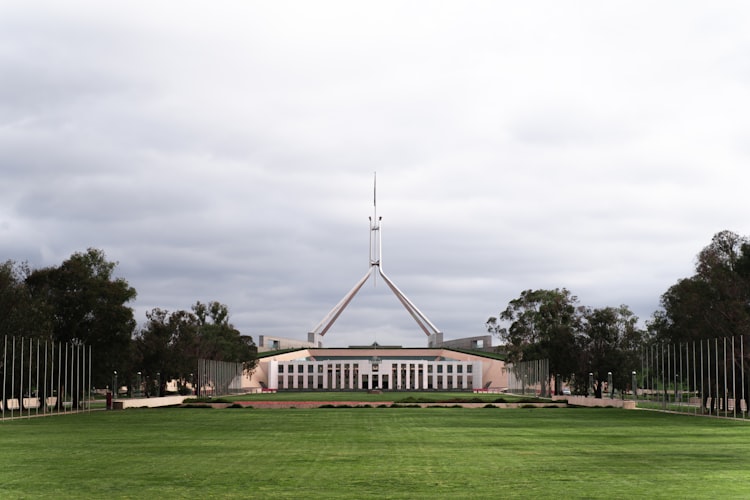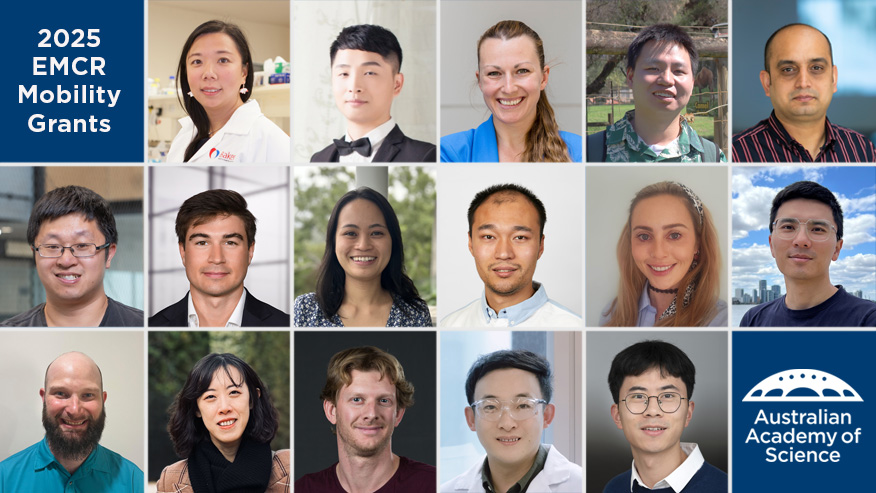Marine surveys
Video transcript
DR GLENN JOHNSTONE, APPLIED BENTHIC BIOLOGIST, AAD:
We’re standing on sea ice, about a metre, 1.7 metres thick and underneath is probably 20 metres of water before we hit the sea floor.
DR JONNY STARK, MARINE ECOLOGIST, AAD
We are here doing some environmental surveys for the Davis aerodrome project, so we’re doing marine environmental surveys all around the Vestfold Hills which is a largely unexplored area.
These marine scientists are using a small submarine to explore an unknown underwater world
DR JONNY STARK:
We’ve got onboard cameras, we’ve got laser scalers to measure the size of things on the seabed.
What they find builds a picture of the biodiversity around the site of the proposed runway
DR JONNY STARK:
All right so we’ve got polychaete reef here mate.
DR GLENN JOHNSTONE:
All of those different kinds of organisms you’d normally see on a reef in Tasmania or southern Australia, they’re here, they’re in different communities, different sizes, colours, shapes and there’s a obviously a lot of them here and not found elsewhere, they’re endemic to Antarctica – all of the organisms here are endemic to Antarctica.
They find stony reefs several kilometres long, made by polychaete worms
DR JONNY STARK:
They stretch from the surface down to 30 metres, much like coral does really. They’re amazing, they’re real biodiversity hotspots, they’re just crawling with life. I reckon there must be billions of sea urchins in Ellis Fjord. Everywhere you look there’s a sea urchin, crawling over the polychaetes, all over the rocky habitats, everywhere.
DR GLENN JOHNSTONE:
That’s one of the biggest excitements, is that we’re popping this thing down, through sea ice and we don’t know what we’re going to find and we do know that nobody’s ever been to this site before, so we know that when we do see it, we’re the first people to see it.
DR JONNY STARK:
You’re like explorers, you know, the first people to look in these places properly and document what’s here. The fjords particularly around Davis, they’re really extensive and we know barely anything about them.








